An Underwater Town in Turkey: Halfeti
Abstract
Halfeti, located on the shore of the Euphrates River, is a small town in southeast Turkey. The historic centre of town is situated on a rocky slope starting from the banks of the river. Along the steep incline, vernacular architecture, formed by 2-3 storey limestone masonry houses with courtyards, clambers up, being compatible to the topography. However, after construction of the Birecik Dam in 1999, almost half of the historic town was submerged and majority of local people were settled in a new area by the state. The new area, 10 km far from the old centre, was transformed from a rural area to the new town centre . However, old town has recently been turned into a touristic attraction because of these dramatic changes. Local authorities regarded this as an opportunity to develop the town once again. In record time, traditional houses were turned into guest houses, recreational activities and water sports facilities were established on the lakeshore by adopting tourism-oriented development strategies. Halfeti became a Cittaslow in 2013 via these municipal measures. Being a Cittaslow seems to have revitalized town, but not decelerated change nor recall its past. Briefly, this paper, the result of literature research and on site investigations, aims to show how a town has struggled with dramatic changes caused by state-led decisions and thereafter shaped itself with new strategies.
Una città sommersa in Turchia: Halfeti
Halfeti, posta sulla riva dell’Eufrate, è una piccola città nel sud-est della Turchia. Il centro storico è situato sul pendio roccioso a partire dalle rive del fiume. L’architettura vernacolare segue la topografia lungo il ripido pendio. Strade strette si incurvano tra case in pietra, composte da due-tre piani con giardino, formando una composizione architettonica tradizionale. Con la costruzione della diga di Birecik nel 1999, quasi metà della città storica è stata sommersa e la maggioranza della popolazione locale fu riallocata dallo Stato in un nuovo sito. Quest’area, a 10 km dal centro storico, è stata bruscamente trasformata da zona rurale a nuovo centro della città. D’altra parte, la città vecchia si è recentemente trasformata in un’attrazione turistica, a causa di questi marcati cambiamenti e l’amministrazione comunale ne ha approfittato per trasformare nuovamente la città. In breve tempo, grazie alle strategie di sviluppo economico orientato al turismo, le case tradizionali sono state trasformate in albergo e sono stati fondati nuovi poli ricreativi e sportivi sulla riva del lago. Con l’aiuto di queste misure comunali, Halfeti nel 2013 è diventata Cittaslow. Ciò ha sembrato rivitalizzare la città, ma non ha rallentato i cambiamenti, continuando nell’abbandono delle tradizioni. In sintesi, questo lavoro, condotto attraverso la letteratura e indagini in loco, punta a sottolineare come una città si scontri con i drammatici cambiamenti provocati dalle decisioni imposte dallo Stato e come si possa riformare grazie a nuove strategie, valutandone le qualità e le criticità.
Parole chiave
Full Text
PDF (English)DOI: https://doi.org/10.14633/AHR237
Refback
- Non ci sono refbacks, per ora.
Copyright (c) 2020 Ayça Özmen

This work is licensed under a Creative Commons Attribution-NonCommercial 4.0 International License.
........................................................................................................................................................................................................................................................................................................................................................
ArcHistoR è una rivista open access e peer reviewed (double blind), di Storia dell’architettura e Restauro, pubblicata con cadenza semestrale dall'Università Mediterranea di Reggio Calabria (Laboratorio CROSS - Storia dell'architettura e Restauro, dAeD - Dipartimento di Architettura e Design).
ISSN 2384-8898
![]()

Comitato scientifico internazionale
Maria Dolores Antigüedad del Castillo-Olivares, Monica Butzek, Jean-François Cabestan, Alicia Cámara Muñoz, David Friedman, Alexandre Gady, Jörg Garms, Miles Glenndinning, Mark Wilson Jones, Loughlin Kealy, Paulo Lourenço, David Marshall, Werner Oechslin, José Luis Sancho, Dmitrij O. Švidkovskij
Comitato direttivo
Tommaso Manfredi (direttore responsabile), Giuseppina Scamardì (direttrice editoriale), Antonello Alici, Salvatore Di Liello, Fabrizio Di Marco, Paolo Faccio, Mariacristina Giambruno, Bruno Mussari, Annunziata Maria Oteri, Francesca Passalacqua, Edoardo Piccoli, Renata Prescia, Nino Sulfaro, Fabio Todesco, Guglielmo Villa
 .
. 


2.jpg)
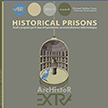
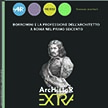
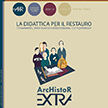

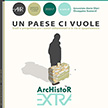
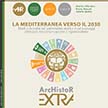
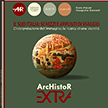
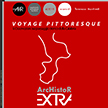
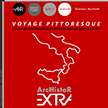
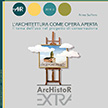
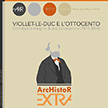
_2.jpg) .
. 
 .
. 

